Heavy calcium carbonate in coatings is derived from natural minerals like limestone and marble through mechanical grinding. It acts as a multifunctional filler to enhance coverage, mechanical strength, and weather resistance. Its lamellar structure reinforces film integrity. Low oil absorption and minimal VOC emissions make it ideal for eco-friendly water-based coatings. The material’s whiteness and rheological properties optimize gloss control and flow characteristics. This makes it valuable in architectural, automotive, and industrial protective coatings. Heavy calcium carbonate offers cost-effective performance in various coating applications.
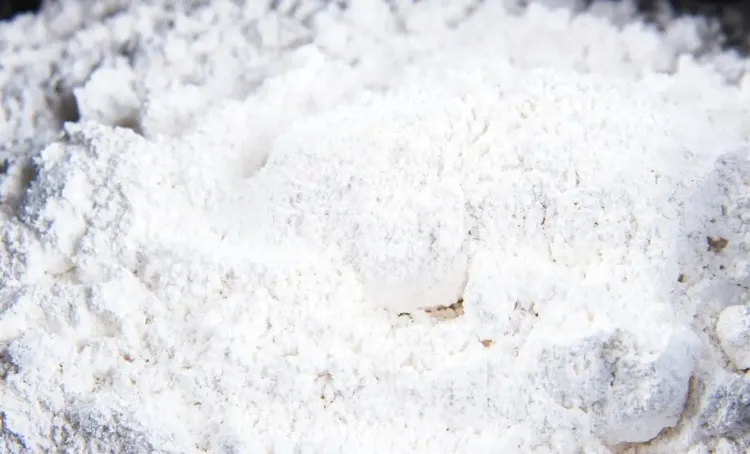
Architectural coatings generally consist of three components: primary film-forming substances, secondary film-forming substances, and auxiliary film-forming substances.
Heavy calcium carbonate is mainly used as a secondary film-forming substance, i.e., pigments and fillers.
It has the following characteristics:
- Regarding particle shape, it is mainly irregular with angular edges due to mechanical processing, resulting in a rough surface.
- In terms of particle size, it is mostly in the micron range. Ultra-fine heavy calcium carbonate with a particle size below 10μm has been developed, such as 12500 mesh (1μm).
- Purity requirements for coatings are generally no less than 97%.
- Whiteness is typically required to be no less than 90%.
- Other properties include a moisture content no higher than 0.5%, pH value between 8.0 and 9.0, and an oil absorption value of 15-33mL/100g.
Interior Paint
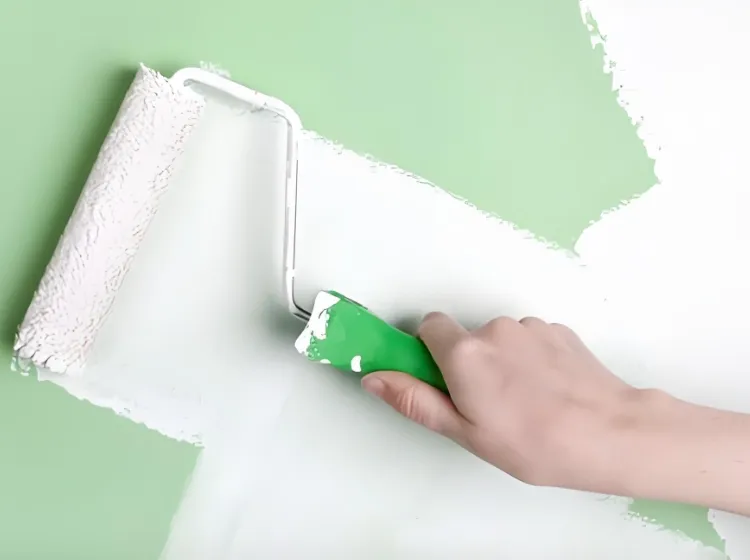
There are many types of interior wall coatings, with acrylic emulsion paints being the most commonly used in recent years. The main technical indicators include workability, low-temperature stability, drying time, film appearance, contrast ratio, alkalinity resistance, and washability.
When heavy calcium carbonate is applied to interior wall coatings, it reduces costs. It also improves various properties such as opacity and weather resistance. Additionally, it enhances viscosity, hardness, and wear resistance. It improves washability and low-temperature stability as well.
Studies have shown that calcium carbonate processed from large calcite has high whiteness. It has low impurity content and uniform, regular particle morphology. When used in interior latex paints, coatings with this calcium carbonate perform better. They outperform coatings made with small calcite or dolomite-based heavy calcium carbonate. The performance is better in terms of contrast ratio, viscosity, and washability.
The smaller the particle size of heavy calcium carbonate, the greater the oil absorption, which leads to a decrease in washability. Conversely, when larger particles of heavy calcium carbonate are mixed with fine titanium dioxide, they act as a structural framework. Due to the lower oil absorption, this increases hardness, resulting in a more uniform coating.
Exterior Paint
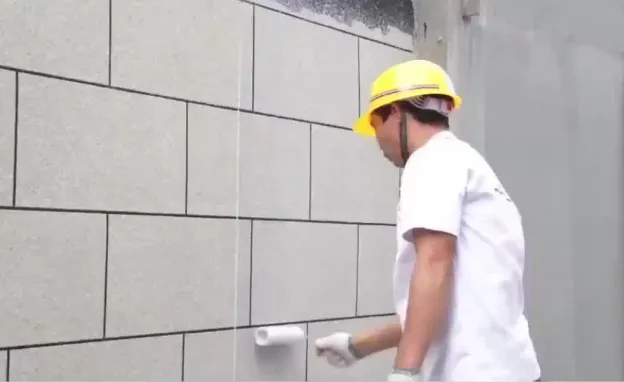
There are many types of exterior wall coatings, with key technical indicators including workability, drying time, film appearance, contrast ratio, water resistance, alkalinity resistance, washability, and thermal cycling resistance.
Heavy calcium carbonate has a relatively low oil absorption and requires less base material. When applied in exterior wall coatings, it can help reduce costs, increase film thickness, and improve mechanical strength and wear resistance.
Studies have shown that in terms of whiteness, coatings made with high whiteness heavy calcium carbonate powder as a pigment offer the best results. In terms of toughness, there is little difference between coatings made with different types of heavy calcium carbonate powders as a pigment. For washability, coatings made with high-quality, fine heavy calcium carbonate powder as a pigment perform the best.
Floor Coating
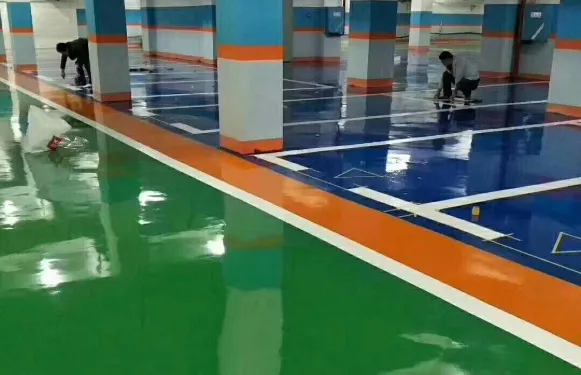
Floor coatings mainly include four types: epoxy wear-resistant coatings, polyurethane elastic coatings, anti-slip coatings, and anti-static coatings. The main technical indicators include film appearance, adhesion, impact resistance, wear resistance, drying time, tensile strength, elongation, water resistance, and alkalinity resistance.
The selection principles for fillers in floor coatings include low oil absorption, moderate fineness, and stable performance. As a result, heavy calcium carbonate is an excellent choice. When applied in floor coatings, heavy calcium carbonate primarily serves as a filler, enhancing the rigidity, hardness, wear resistance, heat resistance, and stability of the products.
Waterproof Coating
Waterproof coatings are designed to prevent rainwater or groundwater from leaking into buildings. They can be categorized into water-based and solvent-based types based on the dispersing medium. Main technical indicators include heat resistance, impermeability, low-temperature flexibility, solids content, tensile properties, and adhesion.
Since these coatings typically have thicker films, expensive fillers like titanium dioxide are not needed. Inexpensive fillers like heavy calcium carbonate can improve viscosity and reduce the use of thickeners. However, heavy calcium carbonate has a large density and small settling volume, which may cause precipitation and affect storage. In these coatings, heavy calcium carbonate improves tensile strength, elongation at break, viscosity, and extensibility.
A high-viscosity, anti-slip asphalt waterproof coating was prepared with anionic emulsified asphalt as the base material. This coating uses heavy calcium carbonate as the main filler, which disperses easily and provides suitable cohesion strength and gloss, with good storage stability.
Waterproof coatings made with heavy calcium carbonate as a filler perform poorly in acid resistance. When heavy calcium carbonate is compounded with precipitated barium sulfate, it improves the acid resistance of the coating. The polymer molecules completely cover the heavy calcium carbonate particles, increasing the acid resistance and meeting the standard for elongation after acid treatment.
Fire Retardant Coating
According to fire resistance mechanisms, coatings can be divided into expansion and non-expansion types. Expansion-type fireproof coatings are passive materials that effectively block the rapid spread of fire. For these coatings, excessive pigment and filler can inhibit expansion. Typically, only a small amount of inorganic pigments and fillers is added to meet opacity requirements.
Heavy calcium carbonate is mainly used in non-expansion-type fireproof coatings. Its role includes reducing the proportion of polymers in organic coatings. It reduces the amount of combustible components that can decompose in the coating. When heated, heavy calcium carbonate decomposes, absorbing heat and lowering the temperature of the protected material. It continuously decomposes, producing carbon dioxide to block flame spread. The release of carbon dioxide reduces the concentration of flammable gases and oxygen. Due to its alkaline nature, it adjusts the coating’s pH to prevent corrosion of the substrate.
Epic Powder
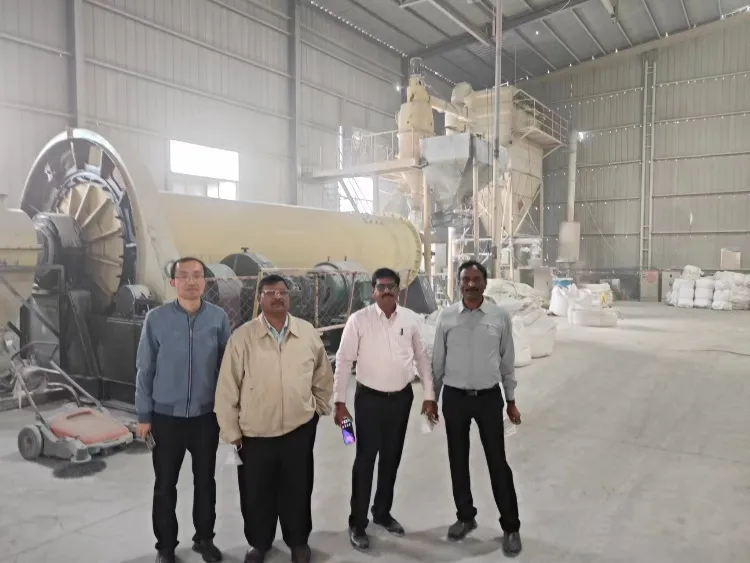
Epic Powder, 20+ years of work experience in the ultrafine powder industry. Actively promote the future development of ultra-fine powder, focusing on crushing,grinding,classifying and modification process of ultra-fine powder. Contact us for a free consultation and customized solutions! Our expert team is dedicated to providing high-quality products and services to maximize the value of your powder processing. Epic Powder—Your Trusted Powder Processing Expert !
